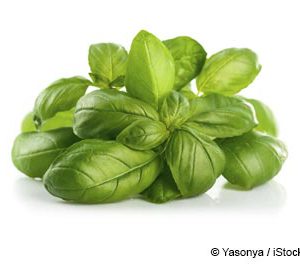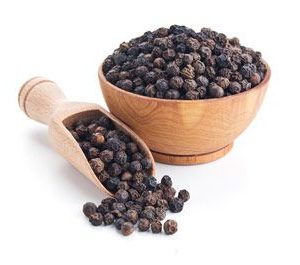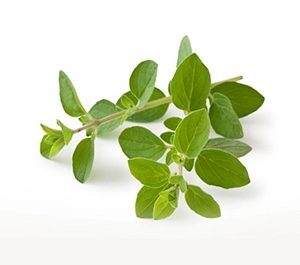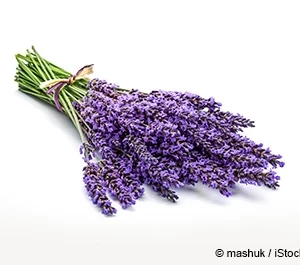Garlic is a bulbous herb closely related to onions. It has a long history of use in cooking and is considered one of the most important ingredients in culinary arts. It’s also known as the “the stinking rose” because of its unique, pungent flavor and aroma, which lend a delicious complexity to foods and make it a mainstay in different cuisines around the world.
Garlic’s therapeutic applications have been documented in ancient medical texts from Egypt, Greece, Rome, China and India. One of the earliest references can be found in Avesta, a holy writing believed to be compiled during the 6th century B.C. Today, China, India, South Korea, Egypt and Russia are foremost in garlic production.
You can buy garlic flakes, powder or paste, but if you truly want to experience this herb’s flavor and nutritional benefits, fresh garlic is your top pick. Some of the pharmacological effects of garlic include antimicrobial, antioxidant, antibacterial, antiviral, antifungal, antihypertensive and antitumor, among others.
Health Benefits of Garlic
Garlic is an excellent source of manganese, a mineral that helps support the healthy formation of bones and metabolism of amino acids, lipids and carbohydrates. It is also a good source of vitamin B6, which may help support brain development and maintain healthy nerves and immune function.
Garlic is rich in vitamin C, which is necessary for the biosynthesis of collagen, L-carnitine and neurotransmitters. Vitamin C also plays an important role in protein metabolism and acts as a powerful antioxidant to help protect your cells against oxidative damage. Other nutrients of notable amounts in garlic include calcium, selenium and phosphorus.
Numerous studies show garlic’s health potential in nearly every area of the body, from removing heavy metals to helping reduce the risk for numerous ailments like the common cold, heart disease and gangrene. Garlic may also help destroy contaminants in baby formula and may even aid in slowing the aging process. To learn more about the nutrients you’ll get from consuming garlic, check out the nutrition facts table below:
| Garlic nutrition facts
Serving Size: 1 clove (3 grams), raw |
||
| Amt. Per Serving |
% Daily Value* |
|
| Calories | 4 | |
| Calories from Fat | 0 | |
| Total Fat | 0.1 g | |
| Saturated Fat | 0 g | |
| Trans Fat | ||
| Cholesterol | 0 mg | |
| Sodium | 1 mg | |
| Total Carbohydrates | 0.99 g | |
| Dietary Fiber | 0.1 g | |
| Sugar | 0.03 g | |
| Protein | 0.19 g | |
| Manganese0.05 g | Vitamin C | 0.9 g |
| Calcium5 g | Iron | 0.05 g |
How to Select and Store Garlic
Fresh garlic is available in the market all year round. Look for bulbs that are plump, not soft and shriveled. Make sure they don’t have broken skin, molds or sprouts. Any sign of decay can greatly affect their flavor and texture. Another way to test a bulb’s quality is by gently squeezing it between your fingers. It should feel firm and damp, not hollow and dehydrated.
Fresh garlic is best stored either in an uncovered or loosely covered container, and kept in a cool, dark place away from heat and sunlight to keep it from sprouting. Do not refrigerate garlic, as this may cause it to develop molds and rot.
Depending on the variety, garlic may be stored for two to eight months. The trick is to inspect the bulbs frequently, and remove any dried or moldy cloves. Remember that breaking the head of the garlic also reduces the shelf life to just a few days.
Studies Done on Garlic
Garlic has long been acknowledged as a healthy food by proponents of both natural and conventional medicine. According to a study published in the Environmental Health Perspectives, garlic may help reduce the risk for several kinds of cancer, including colon, stomach, lung, colorectal and breast cancer.
Another study documented the use of fresh garlic, garlic powder and garlic oil, and found that they may help protect against bacterial, viral and parasitic infections, along with boosting the immune system, helping reduce the risk for tumor growth and fighting against free radicals with their antioxidant content.
Studies have shown a relation between garlic and the removal of heavy metals, such as lead, mercury, cadmium and arsenic, from the body. One study showed a significant decrease in lead content due to garlic extract doses concentrated in the liver, kidneys, brain and bones. This suggests that garlic may be used to help chelate or remove dangerous lead concentrations from the body.
For the day-to-day health benefits of garlic, one study reported that it’s better as a heart protector when it’s raw and freshly crushed, as opposed to heat-treated or otherwise processed garlic. Fresh garlic also has important cardioprotective properties that may help lower total cholesterol levels by up to 12%.
Garlic may also help protect your blood cells and blood vessels against inflammatory and oxidative stress, as it offers a unique set of sulfur-containing compounds that have anti-inflammatory and antioxidant properties. This makes it ideal for cardiovascular support, especially against chronic degenerative cardiovascular conditions like atherosclerosis.
For more information on garlic’s health benefits, read “Eating Garlic Could Protect Brain Health” and “Garlic Supports Healthy Blood Sugar.”
Garlic Fun Facts
“A nickel will get you on the subway, but garlic will get you a seat,” says an Old New York Yiddish proverb. If you have garlic breath from eating a garlicky meal, the best options to mask it are drinking milk and eating parsley. Garlic has a reputation in works of fiction for warding off vampires, but it may also be used as a moderate mosquito repellent when rubbed directly onto the skin.
Summary
Who doesn’t love the tantalizing fragrance of garlic? Those who appreciate this savory bulb have tasted it in seasonings, spreads, dips, rubs, oils, cheeses, soups, roasts and salad dressings.
But conventional wisdom regarding garlic goes far beyond its use in the kitchen. Researchers have tested it and have not been disappointed with its ability as a natural remedy to help reduce the risk for numerous diseases, including cancer, heart disease, high blood pressure, bacterial and fungal infections, and the common cold.







Reviews
There are no reviews yet.